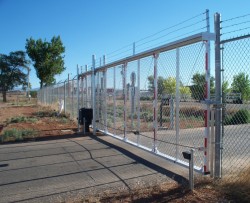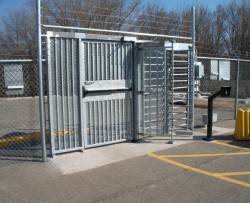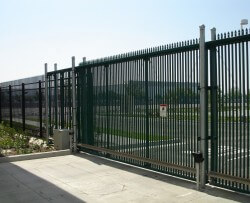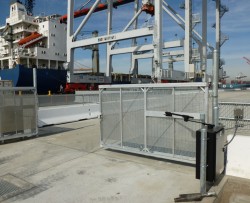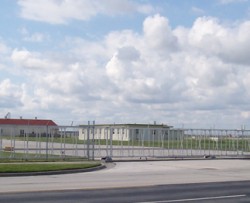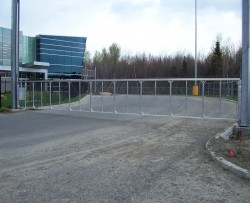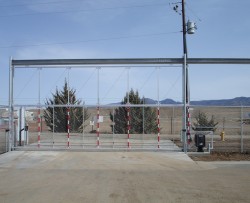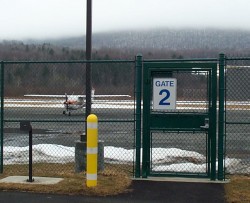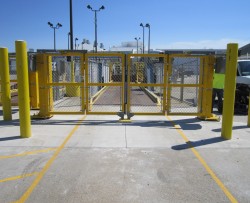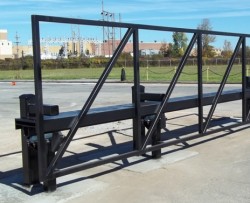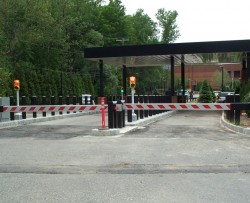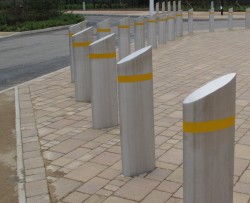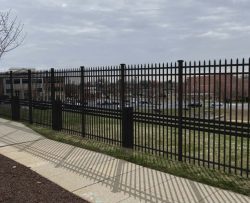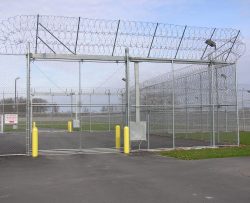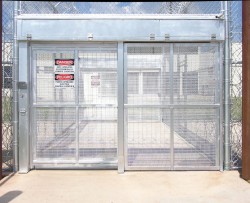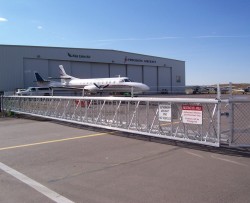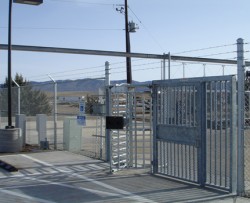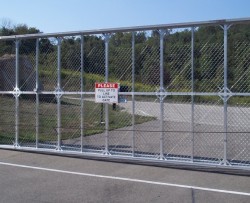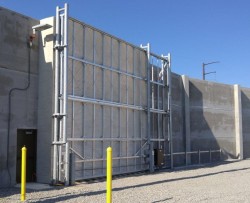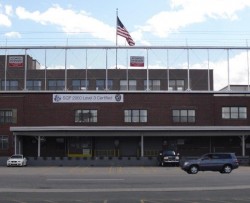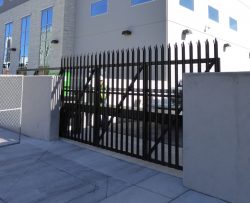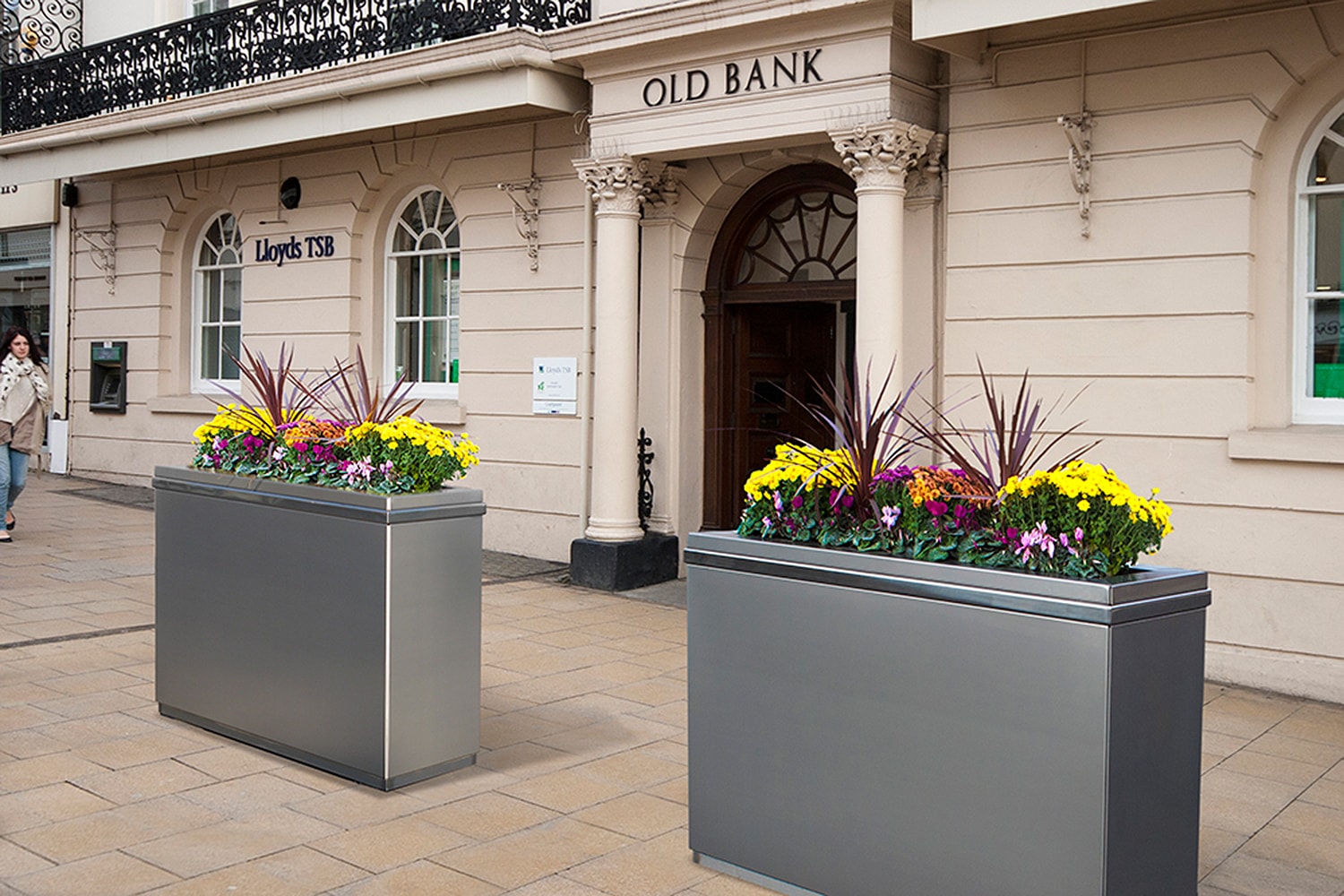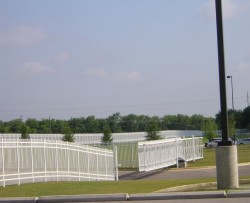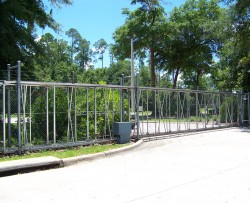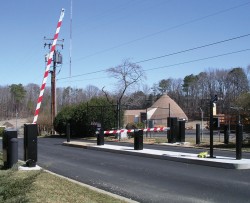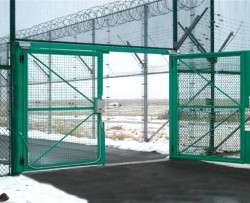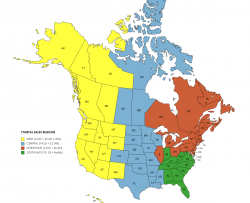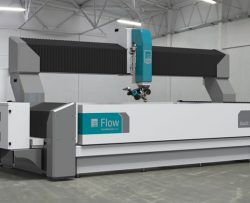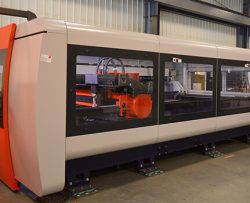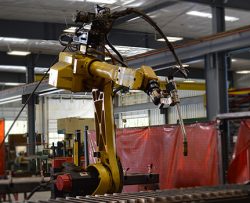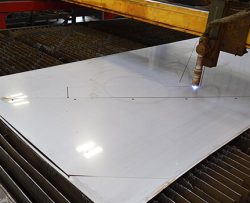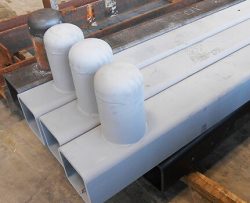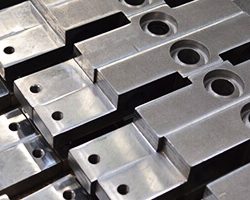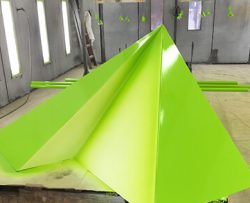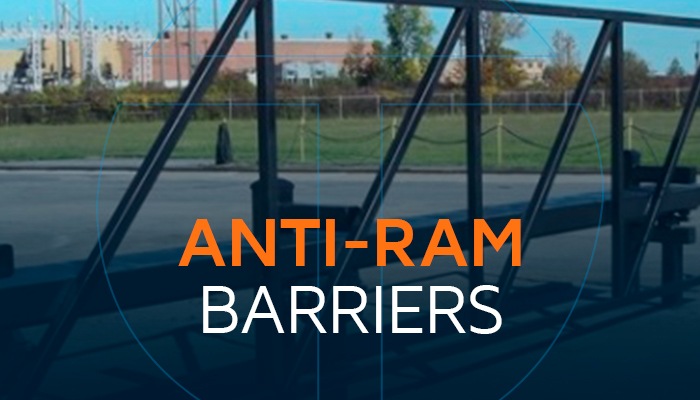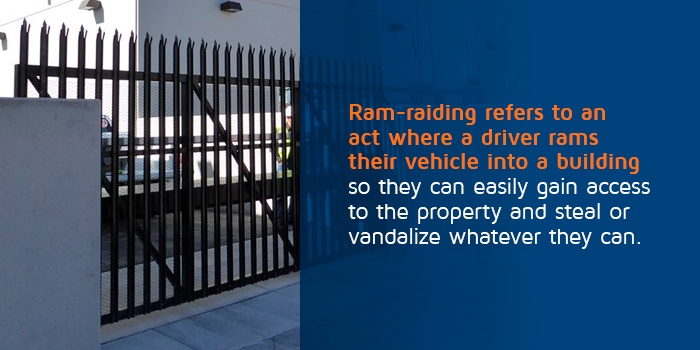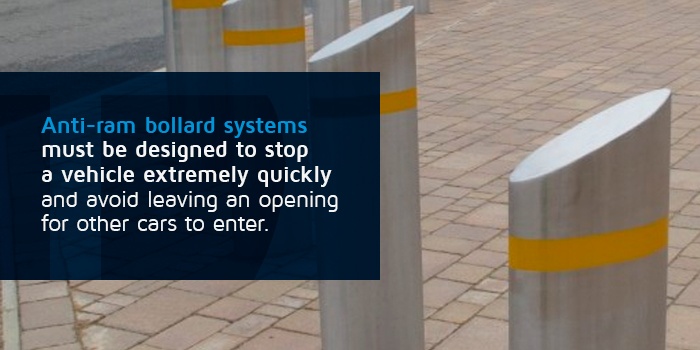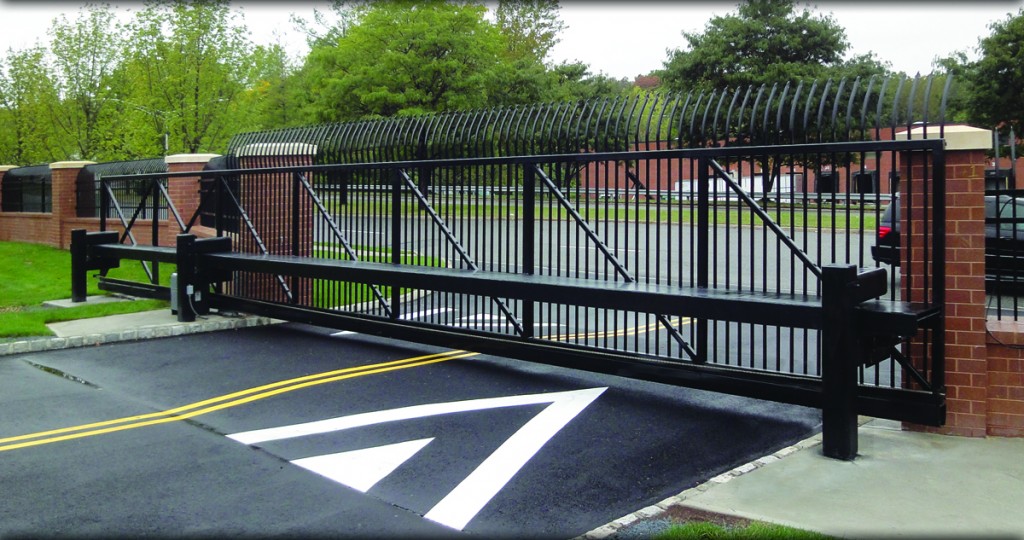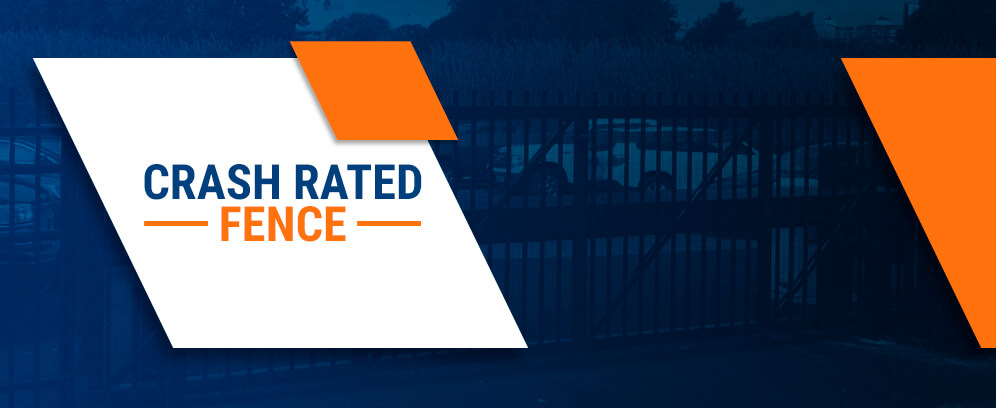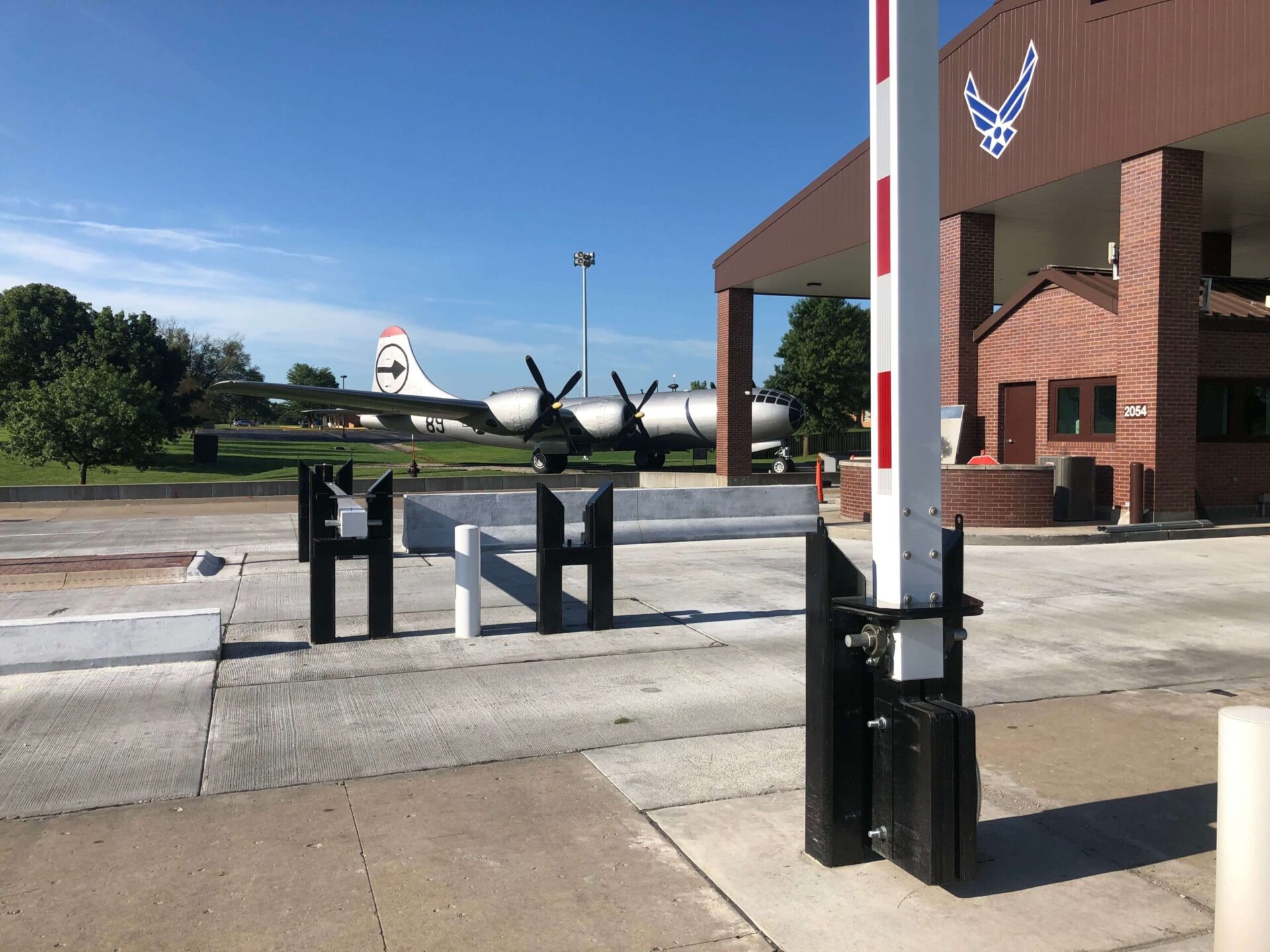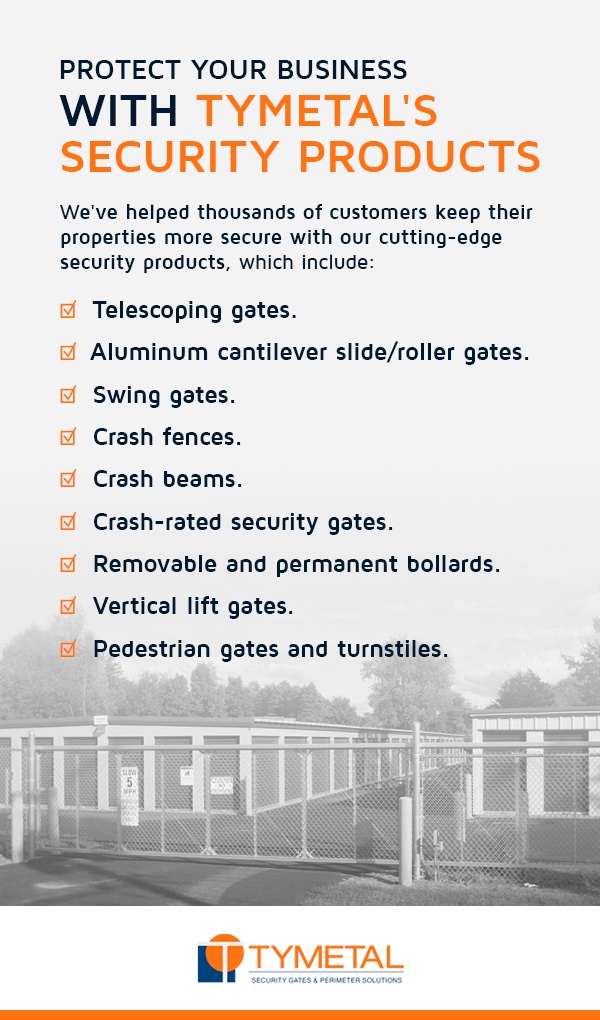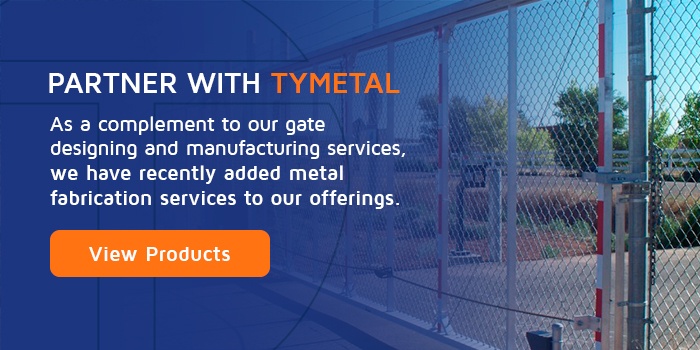Anti-Ram Barriers
Table of Contents:
What are Anti-Ram Barriers | DOD- and DOS-Certified Solutions | Different Applications | Passive vs Active Barriers | Types of Anti-Ram Solutions | Protect Your Business
When it comes to building security, the design of your perimeter security system is extremely important. It dictates who comes and goes within your property and protects against possible intruders who’d try to force their way in. Anti-ram security barriers are an essential tool to have when safeguarding your investment from external threats.
In this article, we’ll talk about the various types of active and passive perimeter security you can install around your perimeter to protect your property, employees and visitors from the threat of unauthorized vehicles.
What Are Anti-Ram Barriers?
The primary purpose of anti-ram vehicle barriers is to protect against vehicle-related threats to an area. They can provide two types of protection:
1. Crash Tested HVM (hostile vehicle mitigation)
Devices meant to stop, at all costs, the intrusion of a vehicle into a secured location. Can be manual or automated. (Traditionally limited to a Class III or Class IV facility)
Anti-ram raid barriers protect against ram-raiding. Ram-raiding refers to an act where a driver rams their vehicle into a building so they can easily gain access to the property and steal or vandalize whatever they can. The destruction of property and theft resulting from a ram-raiding incident can be catastrophic to a business, which is why many have anti-ram barriers installed around the perimeter of their property.
While these events typically occur at night when the building is unoccupied, they also happen during the day, in which case ram-raiding can also endanger the lives of the employees and visitors inside.
Vehicles may also crash into a building accidentally because of careless or drunk driving, especially if the building is located close to the road or at a sharp turn. Certain types of anti-vehicle barriers can be installed to prevent a car from going off the road and into a building.
2. Perimeter Security Gates & Systems
Can be manual or automated. If automated, can allow access to those with the appropriate access control devices. A visual deterrent and a means to slow down a potential intruder.
Most cities have dedicated areas for pedestrian traffic, including parks, walkways and roads. To prevent vehicles from accessing these areas — whether it be by accident or to commit a criminal act — various barriers can be installed. These range from obvious barriers such as bollards to subtler ones like trees or reinforced street furniture.
DoD- and DoS-Certified Anti-Ram Solutions
Anti-ram barriers are made to meet requirements established by the Department of Defense (DoD) and the Department of State (DoS). Those requirements are explained in further detail below.
K-Ratings
In the 1980s, the Department of State issued K-ratings, a crash test certification for gates, fences, bollards and other barrier types. This rating measured how much stopping power the barrier has in relation to the weight and speed of a vehicle colliding with it perpendicularly. A vehicle’s K-rating weight is standard at 15,000 pounds.
There are three possible K-ratings, and here’s what each one means:
- A K4 barrier will stop a 15,000-pound vehicle going 30 mph.
- A K8 barrier will stop a 15,000-pound vehicle going 40 mph.
- A K12 barrier will stop a 15,000-pound vehicle going 50 mph.
M-Ratings
Since K-ratings were first issued, ASTM International issued a new standard and changed the designation to “M-ratings.” This is because the ASTM decided to make a system that accounted for more factors, including a range of vehicle weights, velocities and penetration distances. It classified vehicles weighing 15,000 pounds — which was the standard weight for K-ratings — as medium-sized (M) trucks. Here’s what each M-rating means:
- An M30 barrier can stop a 15,000-pound vehicle going 30 mph.
- An M40 barrier can stop a 15,000-pound vehicle going 40 mph.
- An M50 barrier can stop a 15,000-pound vehicle going 50 mph.
Penetration Levels
In addition to measuring stopping power, ASTM also established penetration levels, which measures how far past the barrier the vehicle travels. This rating system ranges from P1 to P4:
- A P1 rating indicates the vehicle travels up to 3.3 or less feet beyond the barrier.
- A P2 rating indicates the vehicle travels between 3.31 and 23 feet beyond the barrier.
- A P3 rating indicates the vehicle travels between 23.1 and 98.4 feet beyond the barrier.
- A P4 rating indicates the vehicle travels more than 98.41 feet beyond the barrier.
An example of an ASTM rating is M50-P1, which indicates the barrier can stop a 15,000-pound vehicle going 50 mph, with the automobile traveling no more than 3.3 feet beyond the barrier.
Read More On Understanding Crash Ratings
Anti-Ram Barrier Applications
You’ve likely seen anti-ram barriers — also known as hostile vehicle mitigation barriers — in front of many public venues. Some specific applications include:
- Airports
- Department of Defense buildings
- Department of State buildings
- Border patrol locations
- Law enforcement buildings
- Large retail stores. (HVM barriers are not intended for use in a Class II Installation)
- Distribution centers and warehouses
- Showrooms. (HVM Barriers are not intended for use in a Class II Installation)
- Schools
- Loading docks
- Data centers
- Utilities/Power stations
- Banks
Passive vs Active Anti-Ram Barriers
Anti-ram vehicle barriers can be divided into two categories: passive and active. We’ll explain each in more detail below.
Passive
Passive vehicle barriers are fixed in place and don’t allow vehicles to enter. They protect an area of the perimeter away from a vehicle access point. Some examples of passive barriers are:
- Berms
- Walls
- Ha-ha barriers
- Fixed bollards
- Fences
- Reinforced street furniture
- Fixtures
- Heavy objects
- Trees
- Engineered planters (TYMETALs are crash-tested)
- Water obstacles
- Jersey Barriers
Active
Active vehicle barriers are found at vehicular access control points in a perimeter barrier system. They can also be installed at entrances to a parking garage or other specific buildings within a site. They can serve as barriers for vehicle inspection or screening and can be operated to permit the passage of automobiles. Examples of active barriers include:
- Retractable bollards
- Rising-wedge barricades
- Rotating wedge systems
- Crash gates
- Crash beams
- Surface-mounted plates and wedges
The Different Anti-Ram Solutions
Numerous anti-ram solutions are available on the market. The one you choose will depend on several factors, including what type of building you own and how much at risk you are of an attack. We’ll go over the four most common solutions below.
1. Anti-Ram Bollards
Anti-ram bollards consist of a cylinder and are generally made of steel. They’re installed in the ground in a deep concrete footing for maximum stability. This prevents the passage of vehicles while allowing pedestrians and bike riders to pass through.
Bollards can also consist of reinforced concrete and steel sections. Anti-ram bollard systems must be designed to stop a vehicle extremely quickly and avoid leaving an opening for other cars to enter.
You can order bollards with directly attached ornamental steel. Other customization options include:
- Cast sleeves: Materials include iron, bronze or aluminum, even concrete.
- Anti-rusting capabilities: Bollards can be galvanized, which will protect them against corrosion.
- Illumination: Bollards can also feature internal illumination, making them more visible.
Keep in mind that typical bollard installation requires penetrating several feet into the ground, which may lead to issues with underground utilities if you’re not sure of their location. If these utilities complicate the installation of traditional bollards, you might alternatively use bollards with a shallow foundation below grade to help prevent overturning.
If you’re planning on installing bollards, you’ll have to choose between removable and fixed models. Learn more about the advantages and best uses of each below.
Removable Bollards
Bollards can be retracted or removed either mechanically or manually. If you only need access control occasionally, removable bollards make the most sense. These options generally have different locking mechanisms, depending on how much security you require. These bollards can be installed and removed quickly and easily, and they leave a ground cover lid behind, meaning vehicles or pedestrians passing over them won’t be damaged or injured.
Removable bollards are great for controlling crowds and vehicles during events or other temporary situations. Just put them in their slots once a parking lot fills up, or use them in the streets to ward vehicles off from events with lots of foot traffic.
One type of retractable bollard is a rising bollard, which can control access when necessary — somewhat like security gates. While some are hydraulic powered, TYMETAL bollards are operated manually, which require less depth of excavation, are smaller and less susceptible to corrosion from moisture or debris.
Fixed Bollards
Unlike removable and retractable bollards, fixed bollards provide long-term security and protection. Depending on which model you choose, you can either mount fixed bollards to a surface or embed them. They are usually the best choice for permanent facilities with a relatively high risk of vehicle-based attacks. Examples of such facilities include government buildings, airports, retail stores, warehouses, stadiums and schools.
One of the biggest benefits of these HVM barriers is that the owners or facility operators don’t need to worry about removing them and putting them back. They’re also relatively easy to install. For these reasons, fixed bollards are among the most popular types.
Mixed Arrays
We at TYMETAL also have a solution where you can incorporate both fixed and removable in one line of bollards where a number of removable bollards are placed in line in the array to allow for vehicle access when needed.
2. Anti-Ram Gates
Anti-ram gates are barriers that open and close automatically or manually to allow vehicles to enter and exit at high-security places like military installations, correctional facilities and airports.
Examples of anti-ram gate systems include:
- Cantilever slide gate: If you have enough space on one side to slide the gate open horizontally, the cantilever-style gate may be a good choice. It doesn’t require any overhead supports or ground tracks. A cantilever gate is supported by posts installed on one side of the opening and is usually automated.
- Vertical lift gate: This gate type is raised to allow vehicle entry or exit. It is a more appropriate choice if you do not have enough room off to a side for a slide gate. Lift gates are generally automated.
- Overhead slide gate: A track system and overhead beam support this gate, which opens by sliding to one side of the roadway. While the track and beam do create an overhead restriction, the gate can permit bus- and tractor trailer-type vehicles to enter. If you’re concerned about space or width, keep in mind that an overhead slide gate requires less space overall than its cantilever counterpart. These gates are usually automated.
- Swing gate: This gate is most suitable for openings with limited activity that don’t need automation. While automating a swing gate is a possibility, crash-rated models can only open by swinging out toward the unsecured side. Because these gates only swing out, vehicles will need to be set back an adequate distance to allow the swing gate to open. This distance, along with the amount of time needed for a swing gate to open and close again, is a vital factor to consider.
3. Anti-Ram Fences
Fences can also be designed as anti-ram systems. Anti-ram fences are an ideal solution for properties that require an exceptionally high level of security around their perimeters, either because they’re at a higher risk of an attack or their buildings have extremely sensitive information.
A common solution involves cable restraints, which are often placed within the fence at bumper height and can be concealed in planting. Bollards or posts hold the cable restraint in place. The combination of the bollard/post foundations and the resistance of the cable itself ensures a crash rating. Various Crash Rated options are available and determined by your threat assessment conducted at the site.
Fences with cable systems allow a considerable amount of deflection before the intruding vehicle is stopped, meaning the vehicle can penetrate the perimeter partially before a vehicle is stopped. How much deflection occurs depends on the distance between the concrete “deadman.” (Our system does not utilize a deadman installation) Site conditions, combined with your threat assessment will determine the recommended layout of the Anti-Ram Fence installation.
4. Anti-Ram Beams
Think of a drop-arm crash beam like a much stronger version of a barrier you would see at the entrance to a parking garage. It consists of a crash beam, support and pivot assembly, anchoring and locking mechanisms and cast-in-place concrete buttresses.
Crash-rated beams also feature an exceptionally strong steel cable, which connects to the buttresses when the arm is lowered. The arm is lifted and lowered with a pneumatic or hydraulic system or by hand with the help of a counter-balanced arm.
Although you can obtain crash-rated drop beams for your property, they tend to perform less effectively than other active barriers.
Protect Your Business With TYMETAL’s Anti-Ram Security Products
TYMETAL is the United States’ leading manufacturer of security gates, providing commercial security gates, correctional gate systems and many other types of crash barriers. Since our founding in 1985, we’ve helped thousands of customers keep their properties more secure with our cutting-edge security products, which include:
- Telescoping gates
- Aluminum cantilever slide/roller gates
- Swing gates
- Crash fences
- Crash beams
- Crash-rated security gates
- Removable and permanent bollards
- Vertical lift gates
- Pedestrian gates and turnstiles
Customized Gate Design
In addition to our high-quality pedestrian and vehicle gates, we also offer design services and will provide customized specifications and drawings for your project. We aim to give you the best security solution with the greatest lifetime value. Our most up-to-date specifications and drawings are always there for you to view on our site, and an experienced team of specification experts is available to help you with any of your custom project needs.
New York’s Number One Fabrication Partner
As a complement to our gate designing and manufacturing services, we have recently added metal fabrication services to our offerings. As the best fabrication partner in New York, we work with clients throughout the Northeast and beyond, including Massachusetts, Connecticut, Rhode Island, Maine, New Hampshire, Vermont, Pennsylvania, New Jersey and Delaware.
TYMETAL’s metal fabrication services include:
- Plasma cutting
- Laser cutting
- Sand Blasting
- Robotic welding
- Computer numerical control (CNC) bending
- CNC machining
- Metal painting
- AWS Certified Welders
If you have any questions about our products or services or would like to learn more, feel free to reach out. You can fill out our online form or call us at 888-978-GATE (4283).
